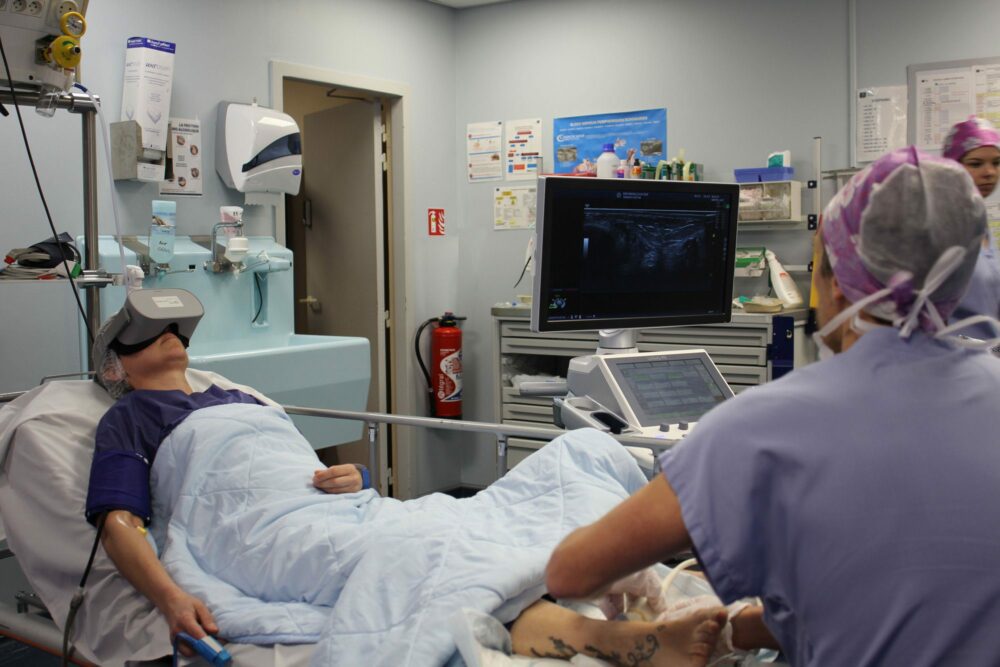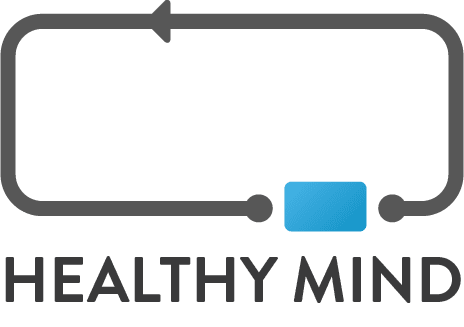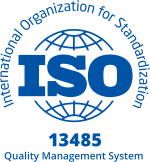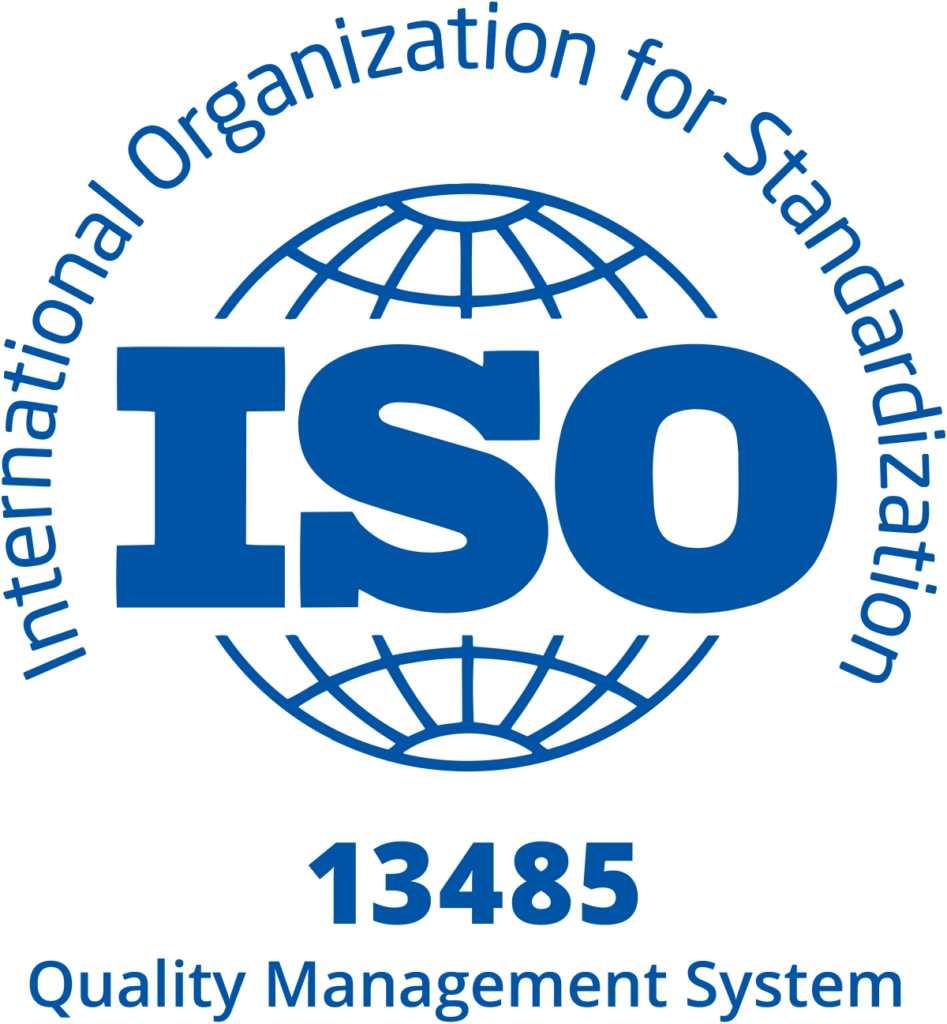Also known as the “Nadal Method”, PRP (Platelet Rich Plasma) injections are now very successful… And more particularly with high level athletes. Having been canceled from the “List of Prohibited Substances and Methods” in 2010 by the WADA (World Anti-Doping Agency), the success of this treatment has been highly publicized since then. But if these PRP injections contribute to hastening the healing process, they can also be extremely painful… And local anesthesia is unfortunately not recommended for this treatment. So how can the patient’s pain be reduced, while preserving the effectiveness of PRP injections? Virtual reality is maybe the solution to make the PRP injections easier!
About the PRP injections
What are exactly PRP injections?
Since their legalization by WADA, PRP (Platelet-rich Plasma) injections are mainly used to hasten the healing process. Why are they used? Because the platelets (4% of our blood), regenerate human tissue. Thus, PRP is blood plasma, enriched in platelets by the centrifugation process.
To get PRP, a hospital process is divided into the following 3 steps (in the operating or sterile room):
1) Conventional blood sampling (15 ml). Sampling the patient’s blood considerably reduces medical complications (side effects, allergies, rejection, infections…).
2) Centrifugation: the sampled blood is placed in a centrifuge for 5 minutes at 1500 rpm. The plasma (5 ml) is composed of healing and anti-hemorragic growth factors platelets, and analgesic and anti-inflammatory biomolecules.
3) Injection: the plasma is injected on the injured area, having been previously disinfected. According to the patient, many injections at two-month intervals are sometimes necessary.
What are the applying cases for PRP injections?
Platelet healing factors regenerate damaged tissue and promote collagen synthesis. However, as tendons and ligaments are highly collagen composed, PRP injections are particularly efficient for:
- Ligament injuries: sprain, dislocation, ligament tear.
- Tendinous lesions: shoulder tendonitis (rotator cuff), elbow tendonitis (epicondylitis, epitrochleitis), knee tendonitis (patellar or quadricipital tendonitis), Achilles tendonitis, hip tendonitis.
- Cartilage and joint lesions: chondropathy (joint cartilage lesion), osteoarthritis (shoulder, hip, ankle, knee), meniscus lesions.
- Acute or chronic muscular lesions: elongation, muscle strain, muscle breakdown.
- Plantar fasciitis, also called plantar fasciitis or calcaneal spur.

Virtual Reality Anesthesia for PRP Injections
Why are PRP injections incompatible with local anesthesia?
PRP injections can be painful, or very painful for the patient. Indeed, pain occurs when the needle is inserted, and can sometimes be accompanied by vagal discomfort. Local pain may then occur in the days following the PRP injection… Especially if it is a tendons or muscles injection.
After a PRP injection, the patient is therefore two-weeks convalescing. And has to rest two or three months before starting sport again… In this time, the patient may be accompanied by a physiotherapist (for a rehabilitation program). But it depends on the severity and type of the lesion.
As the PRP injections pain is high, it would require a local anesthesia… Unfortunately, local anesthesia is discouraged with PRP injections. Why? Local anesthesia would significantly disrupt and modify the action of the platelets in the affected area. In other words, it would alter the local pH, whereas PRP is pH-dependent.
How is virtual reality able to anesthesize and make PRP injections easier?
If local anesthesia is not recommended for PRP injections, there are many other solutions to replace it. For exemple, medical hypnosis can offer the same benefits as local anesthesia:
- soothe and relax the patient ;
- reduce the pain felt ;
- facilitate the care team’s intervention during PRP injections.
However, how can medical hypnosis be applied – when the patient is lying on his stomach or back during a PRP injection? Healthy Mind virtual reality headsets can be the solution! Based on medical hypnosis and 3D immersion, our medical device helps to relax and reduce the patient’s pain.
As healthcare professionals, you can easily provide virtual reality headsets to the patient before, during and/or after a PRP injection. At these three stages of treatment, the benefits are differents:
- Before the PRP injection treatment: therapeutic virtual reality relaxes the patient, and prepares his body to receive the injection.
- During the injection: virtual reality medical hypnosis distracts the patient’s attention from the pain experienced, while facilitating the intervention of the practitioners.
- After hospitalization : virtual hypnosis reduces the pain felt by the patient and improves his or her recovery in the following days.
Today, PRP injections are highly effective in regenerating tendino-muscular and articular lesion tissues. They are even more effective than hyaluronic acid injections for treating early stage osteoarthritis problems. An effective, safe, but painful treatment… A problem that can easily be solved by medical hypnosis virtual reality. No risk of platelet changes (contrary to local anesthesia), a relaxed patient, an easier intervention for surgeons… Let’s discover our Healthy Mind virtual hypnosis headsets, efficent virtual reality tools for PRP injections!







